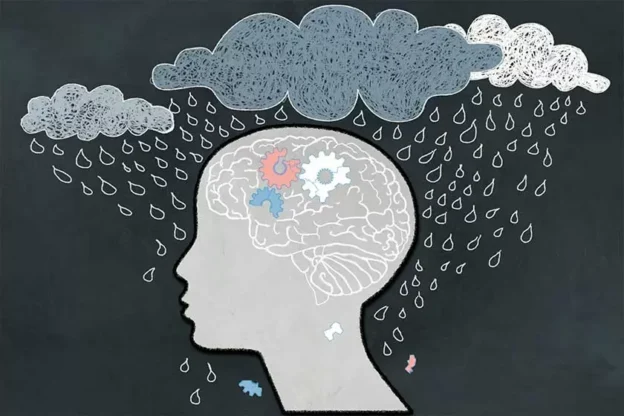What is Seasonal Depression: Getting Through the Winter Months
As the vibrant colors of autumn slowly give way to the frost of winter, our surroundings undergo a beautiful transformation. While many of us eagerly anticipate the holiday season and the beauty of snow-covered landscapes, for some, this transition marks the onset of a more challenging time. The shift from fall to winter brings with it the looming specter of seasonal depression, a condition that can cast a shadow over the festive season. Now, you may be asking, what is seasonal depression and how do I recognize when it is happening to me? To better understand, let’s explore the basics of symptoms, as well as the link between this condition and addiction, risk factors, and when to seek help at Centered Recovery Programs.
Understanding Seasonal Depression
Seasonal depression, also known as Seasonal Affective Disorder (SAD), is a subtype of major depressive disorder that follows a seasonal pattern. The most common form of SAD occurs during the fall and winter months when daylight hours decrease. It is believed that the reduction in sunlight exposure may disrupt the body’s internal clock (circadian rhythm) and affect the production of certain neurotransmitters, such as serotonin and melatonin, contributing to the development of depressive symptoms.
Common Symptoms and Signs
- Persistent low mood
- Fatigue and lack of energy
- Changes in sleep patterns, such as oversleeping or insomnia
- Difficulty concentrating and making decisions
- Feelings of hopelessness or worthlessness
- Social withdrawal and increased sensitivity to rejection
- Changes in appetite and weight
The Link Between Seasonal Depression and Addiction
Seasonal depression and addiction can often be intertwined, creating a complex web of challenges for those affected. Individuals may turn to substances to cope with the emotional pain and feelings of emptiness that accompany seasonal depression. Conversely, substance use can exacerbate depressive symptoms and make it more difficult for individuals to break free from the cycle of addiction.
Risk Factors To Be Aware Of
Several factors may increase the risk of developing seasonal depression:
- Geographic Location: Living at higher latitudes where there are fewer daylight hours during the fall and winter months.
- Gender: Generally, women are more likely than men to experience mood changes related to the seasonal changes.
- Age: Younger adults are at a higher risk.
- Family History: A family history of depression or other mood disorders.
- Existing Mental Health Conditions: Individuals with pre-existing depression or bipolar disorder may be more susceptible.
When to Seek Help for Seasonal Depression
Recognizing the signs of seasonal depression is crucial for early intervention. Usually, the common initial signs include persistent changes in mood, energy levels, or behavior. If you or someone you know is experiencing these signs, it’s essential to seek professional help. Mental health professionals can provide a range of interventions, including therapy, medication, and light therapy!
As we embrace the beauty of the changing seasons, it’s important to acknowledge the challenges that this transition can bring. By understanding the basics of this condition, recognizing its symptoms, and addressing the link between seasonal depression and addiction, we can work towards creating a supportive environment for those who may be struggling. Remember, seeking help is a sign of strength, and with the right support, individuals can navigate the winter months with resilience and hope. Call us at Centered Recovery today at 800.556.2966 for more information on our mindfulness based IOP program!
Written by Jennifer Lopes, BS Psy






